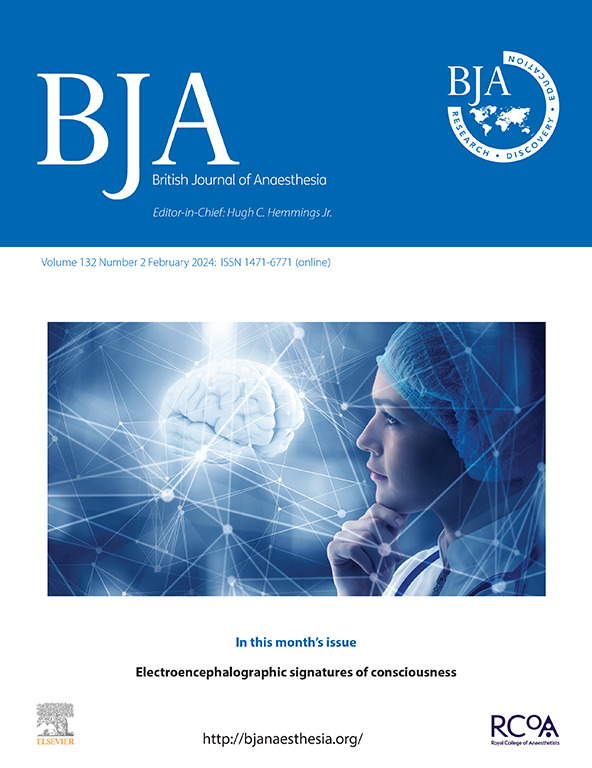Home-based prehabilitation: a systematic review and meta-analysis of randomised trials
IF 9.1
1区 医学
Q1 ANESTHESIOLOGY
引用次数: 0
Abstract
Background
Prehabilitation aims to enhance preoperative functional capacity through exercise, nutrition, and psychological programs. Home-based prehabilitation represents an alternative to hospital prehabilitation, with the advantage of not utilising hospital resources. This review aims to evaluate adherence and clinical effectiveness of home-based prehabilitation.
Methods
We searched PubMed, Cochrane, and Embase up to October 1, 2024 for randomised controlled trials comparing home-based prehabilitation with standard care. The primary outcome was the proportion of patients with postoperative complications. Secondary outcomes included protocol adherence, and 6-min walking test. We used risk ratios (RR) and mean differences to summarise the results. The risk of bias was assessed using RoB 2 tool.
Results
We included 29 randomised trials for a total of 3508 patients. Median adherence to home-based prehabilitation programs was 82%. Home-based prehabilitation reduced the proportion of patients with postoperative complications (508/1322 [38.4%] vs 578/1335 [43.3%], risk ratio 0.84, 95% confidence interval [CI] 0.72–0.98, P=0.02, I2=44%, low certainty). After home-based prehabilitation, 6-min walking test performance was better compared with control (MD 28.2 m (95% CI 9.5–46.9; P<0.01, I2=48). Preoperative depression (MD −0.65, 95% CI −0.87 to −0.43; P<0.001, I2=0%), postoperative anxiety (MD −0.50, 95% CI −0.75 to −0.25; P<0.001, I2=0%, low certainty) and length of hospital stays (MD −0.32 days, 95% CI −0.61 to −0.03; P=0.03, I2=45%, low certainty) were lower with home-based prehabilitation.
Conclusions
Home-based prehabilitation reduced the proportion of patients with postoperative complications, but with low certainty of evidence. It also improved preoperative functional capacity, reduced hospital stays, depression and anxiety scores, with good adherence to the intervention.
Systematic review protocol
PROSPERO (CRD42024591208).
求助全文
约1分钟内获得全文
求助全文
来源期刊
CiteScore
13.50
自引率
7.10%
发文量
488
审稿时长
27 days
期刊介绍:
The British Journal of Anaesthesia (BJA) is a prestigious publication that covers a wide range of topics in anaesthesia, critical care medicine, pain medicine, and perioperative medicine. It aims to disseminate high-impact original research, spanning fundamental, translational, and clinical sciences, as well as clinical practice, technology, education, and training. Additionally, the journal features review articles, notable case reports, correspondence, and special articles that appeal to a broader audience.
The BJA is proudly associated with The Royal College of Anaesthetists, The College of Anaesthesiologists of Ireland, and The Hong Kong College of Anaesthesiologists. This partnership provides members of these esteemed institutions with access to not only the BJA but also its sister publication, BJA Education. It is essential to note that both journals maintain their editorial independence.
Overall, the BJA offers a diverse and comprehensive platform for anaesthetists, critical care physicians, pain specialists, and perioperative medicine practitioners to contribute and stay updated with the latest advancements in their respective fields.

 求助内容:
求助内容: 应助结果提醒方式:
应助结果提醒方式:


